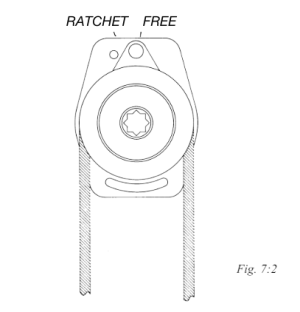nealeholl
New Member
The instructions for my furling main (old boat, new to me) say that in most cases the sail furls anti-clockwise when viewed from above. Mine rolls clockwise. Is this likely to be a specific equipment discrepancy, or simply wrongly labelled endless furl in/ furl out lines? Could I just wind the sail onto the foil by pulling it out on the out haul and then furling it with the ‘other’ furling line?

